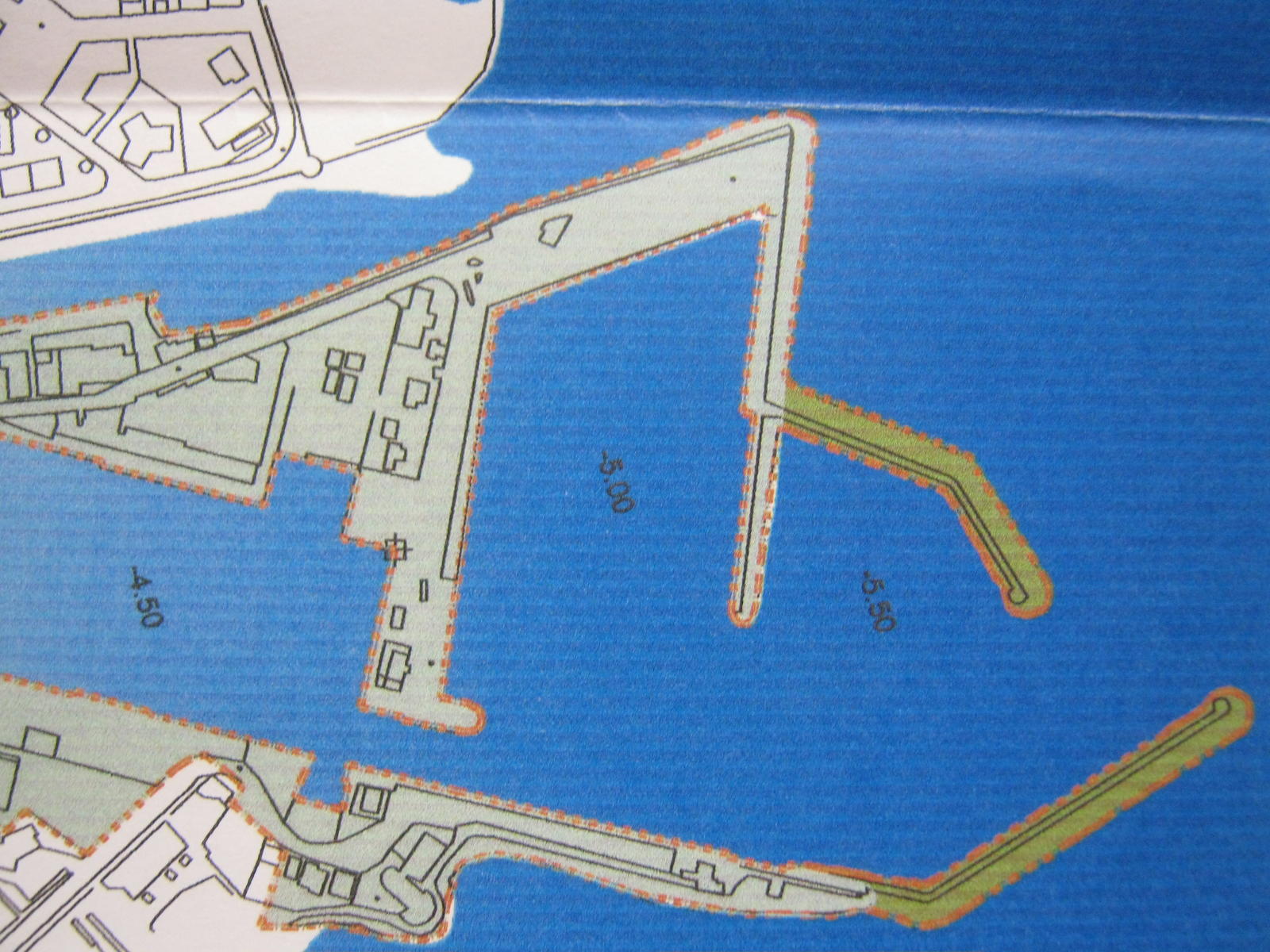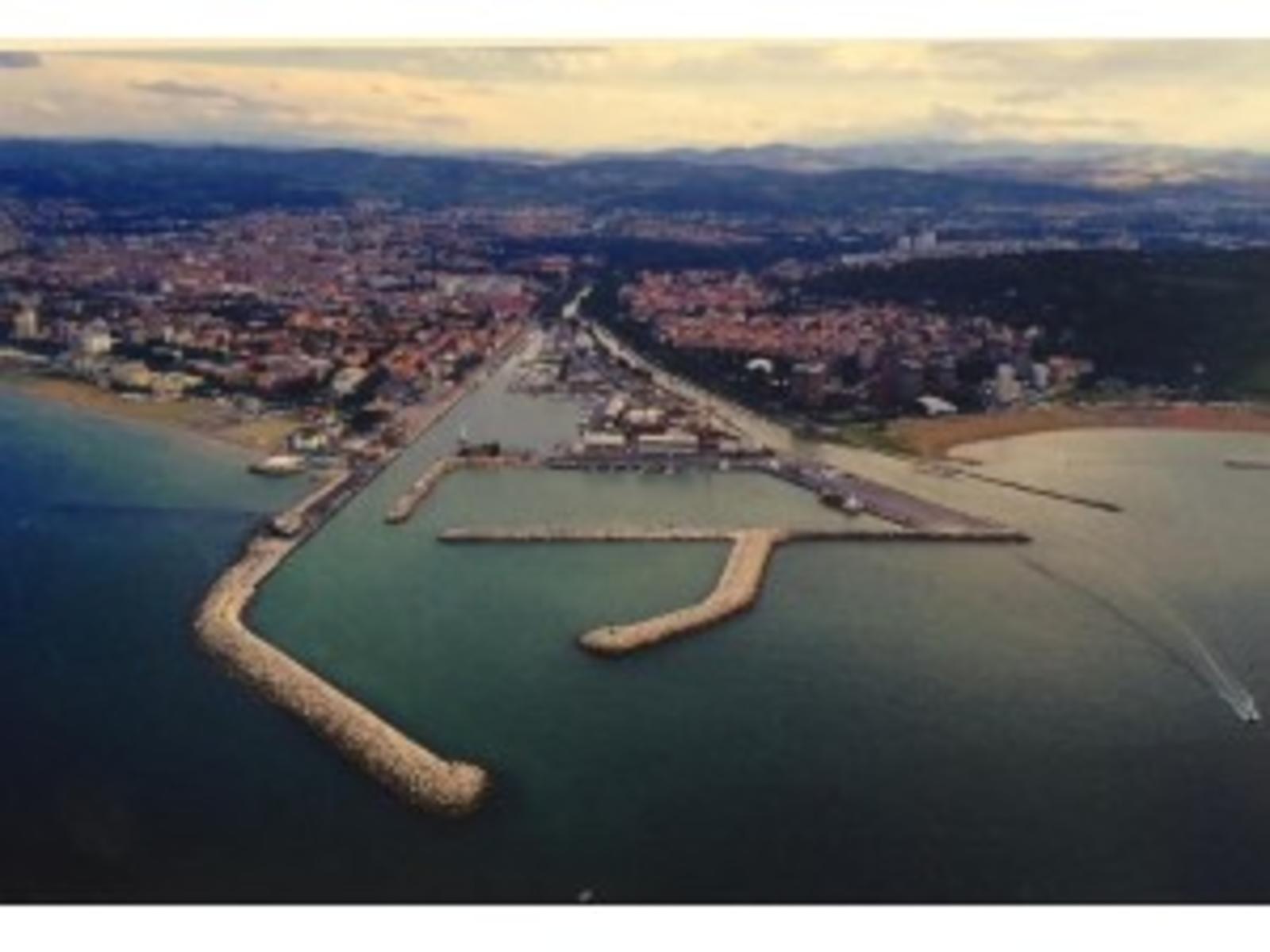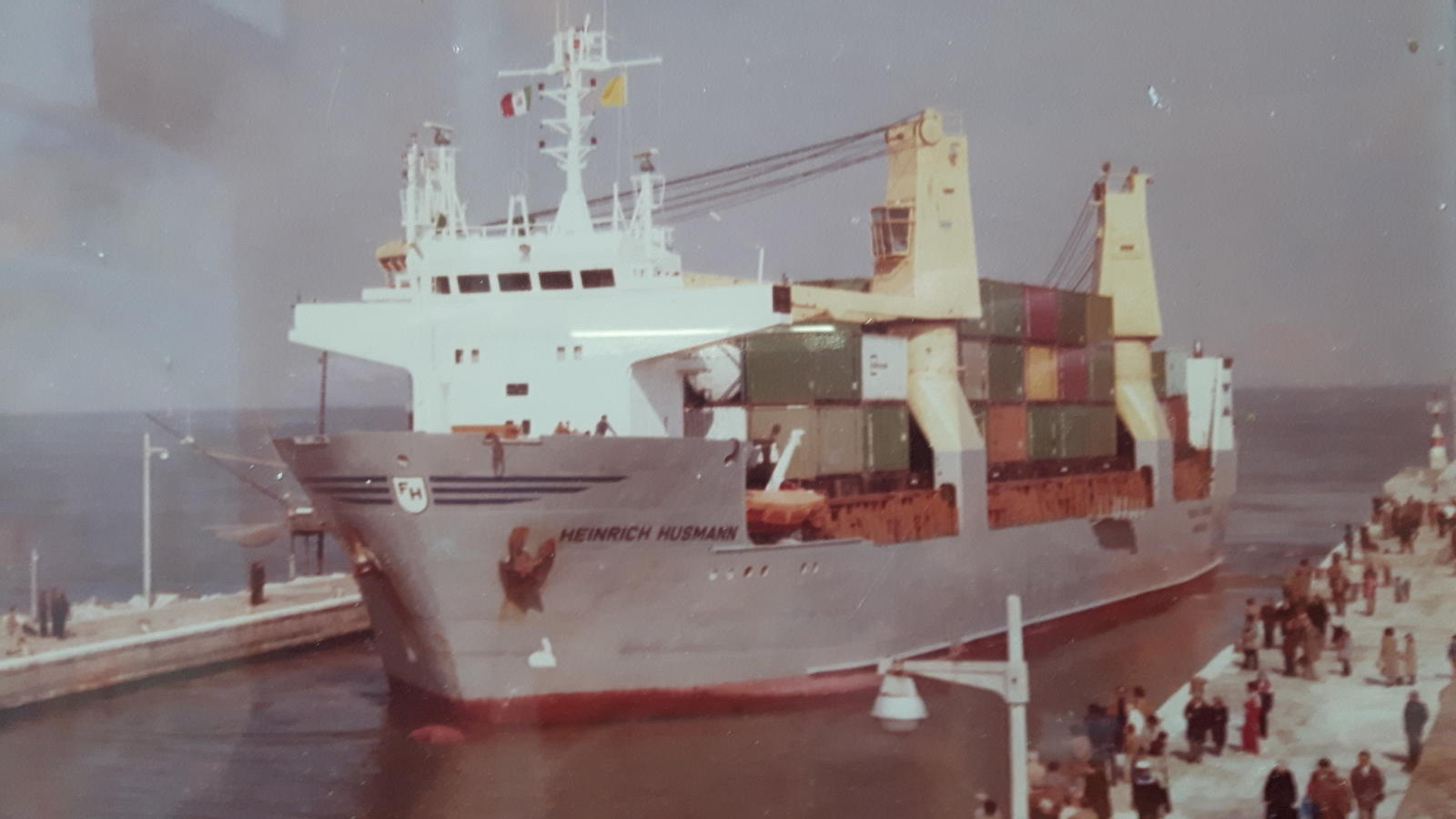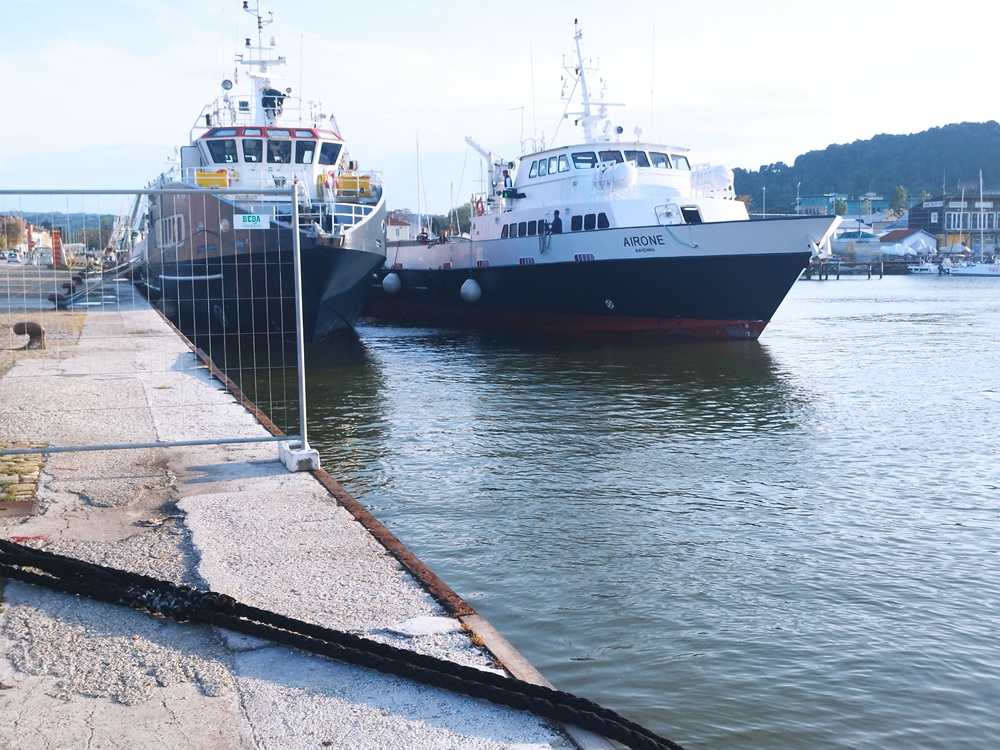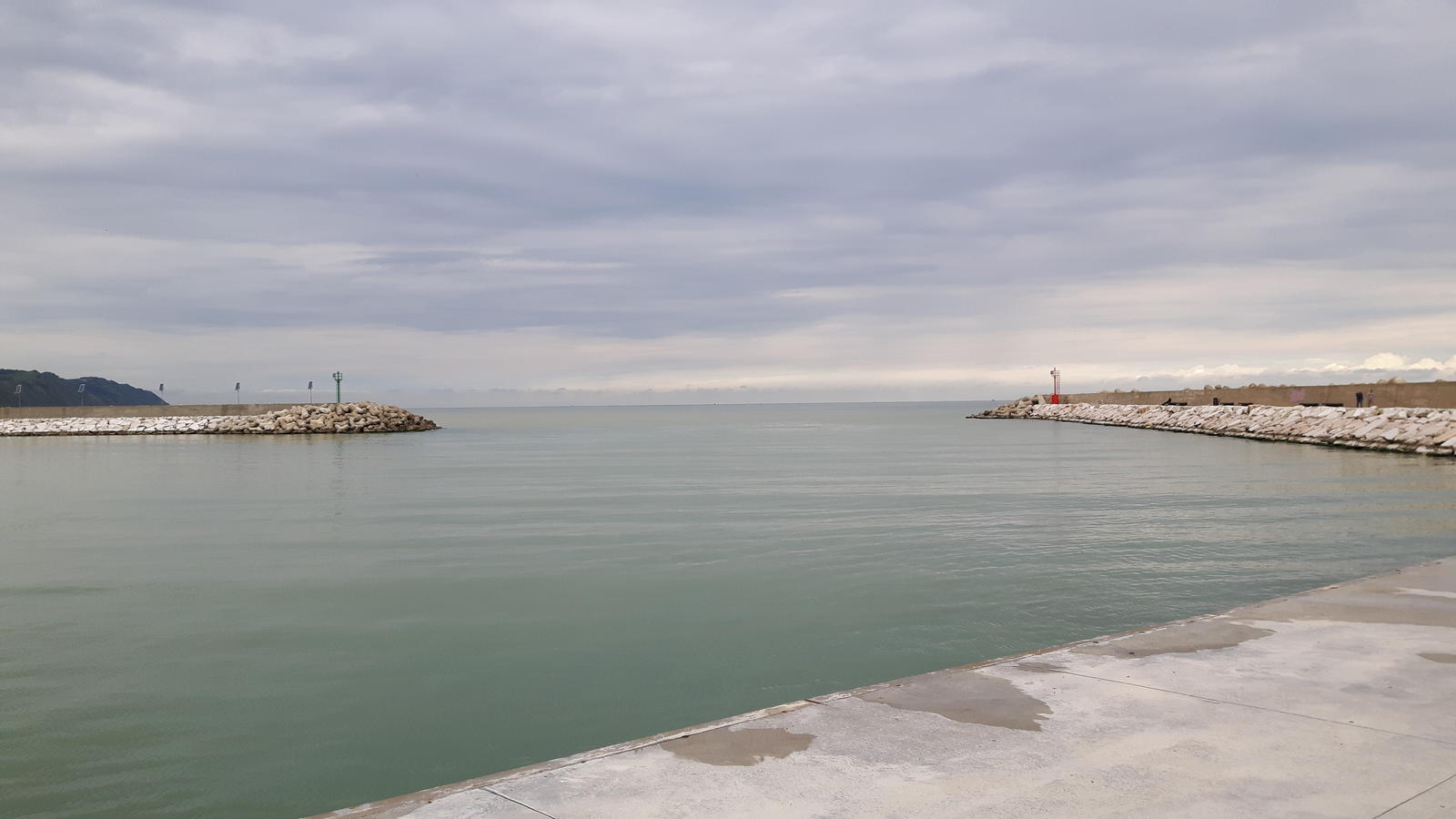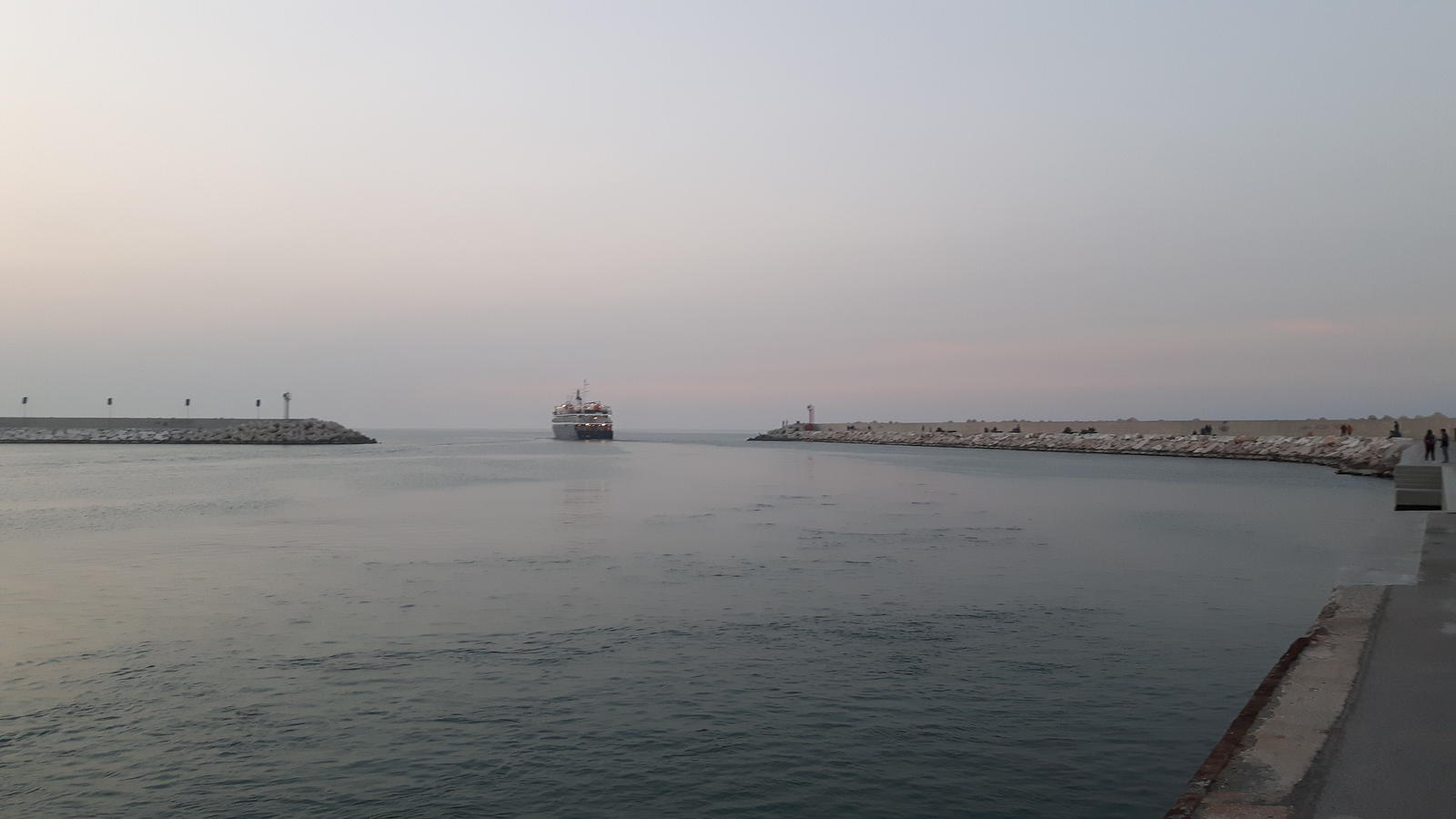The Port of Pesaro
The port of Pesaro is a canal port created by a deviation, at approximately 800 m. from the mouth of the river Foglia, and artificially extended into the sea for a further 200 m. with two parallel piers at a distance of approximately 40 m. from each other. At the beginning of the 1980s, a new dock was built behind the western pier, with the relative lowering. The western pier is 240 m long and the eastern pier is 300 m long, so it was extended by 60 metres compared to the previous pier.
The banks of the port are all docked for a total of approximately 1,500 metres for the mooring of ships and fishing boats, and are equipped with mooring bollards, mooring rings and movable wings. Most of the docks are in good conditions because they have been renovated over the years, while others will need to be. The western dock of the port has a water surface area of 45,000 square metres and is delimited by a breakwater parallel to the coast with an overhanging breakwater wall. This dock is quayed on the west and south sides for 170 and 160 m respectively. The depths of the harbour basin currently vary from m. – 3.50 in the upstream part to m. – 4.50 – 5.00 near the mouth.
With expansion works in 2010, the eastern pier was extended for a total length of 260 m., of which 40 m. following the deviation of the existing pier and the remaining 220 m. bent at 45° respect to the eastern pier itself. A new western breakwater pier was also built, with a total length of 210 m, rooted approximately in the middle of the existing dock closure wall. The two new piers have made it safe for ships to enter and leave the port, even though the new commercial dock has not yet been dredged to bring the required draught.
The port of Pesaro has been used since the beginning of the 20th century for commercial traffic with sailing lugers, but its expansion came about in the 1970s, when Libya began trading with Italy and important Libyan importers and traders used our country as their main trading partner.
The port of Pesaro therefore had the opportunity and the ability to play an active role in carrying out services connected to trade between some areas of central Italy and the North African country thanks to valid port operators.
Equipped at the time with a commercial quay just over 200 m long, a draught that in the 1970s was about 4.00 m, and a large yard for storing goods located right in front of the boarding place, the port of Pesaro attracted several owners of small ships, even in the absence of a real Port Company. Goods arrived in Pesaro from all over Italy. An average of two or three ships were moored in the port (it could not hold more) and there were just as many waiting in the roadstead to find a free berth.
In those years traffics with container ships also began, and Pesaro had become the ideal port for the German-flagged M/n Husmann, which every 15 days boarded 280 full Teus (destined for Libya) and disembarked as many empty ones.
In 1985, the export of Italian products to Libya began to decline; orders for materials and the transport of goods began to drop drastically to that country until they almost completely disappeared in the following years in a short of time. As a result, the port of Pesaro suffered a significant reduction in traffic.
In the meantime, just in the middle of the 1980s, the transport of raw materials, particularly ‘oil’ by tankers, had also developed, thanks to the presence in the Pesaro industrial area of an oil and petroleum products distribution company capable of moving dozens of ships annually with ‘diesel’ and ‘lube oil’, which in terms of tonnage was very significant. These trades unfortunately ceased in 2006 to make way for stone ships bringing product from Croatia for construction companies in our area. After a few years, these last trades with Croatia also ceased, and the port of Pesaro plunged into a very dark period with little chance of revival.
Our own company started the passengers traffic, attracting first a Croatian (Mia Trade) and then an Italian (Righetti Navi) ship-owner, convincing them to open a line with a fast catamaran from Pesaro to some Croatian ports. This traffic began in 2003 and, between ups and downs, has now become a feather in the cap for our port, which in 2017 saw almost 10,000 passages on the Pesaro/Lošinj, Rab and Novalja routes.
However, it was 2017, thanks to the start of cruise traffic, that marked the destiny of our port. Thanks to our company's search for new traffic and ship owners, the Grand Circle Cruise from Dubrovnik has sailed with the cruise ship Artemis to the port of Pesaro for 11 voyages, which will become 19 in 2018 (with two ships Artemis and Arethusa) and a new ship owner will start with the cruise ship Monet to sail to our port.
The three cruise ships have few cabins (25 to 30 each) and transport American tourists on ‘luxury’ cruises. They land in Pesaro to visit our city and Urbino. The arrivals of these ships bring prestige to our port and our city.

